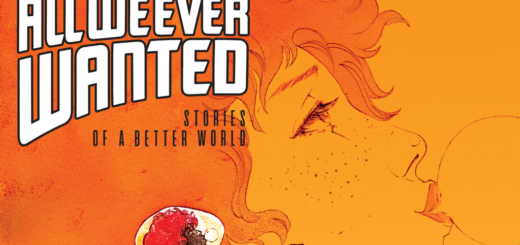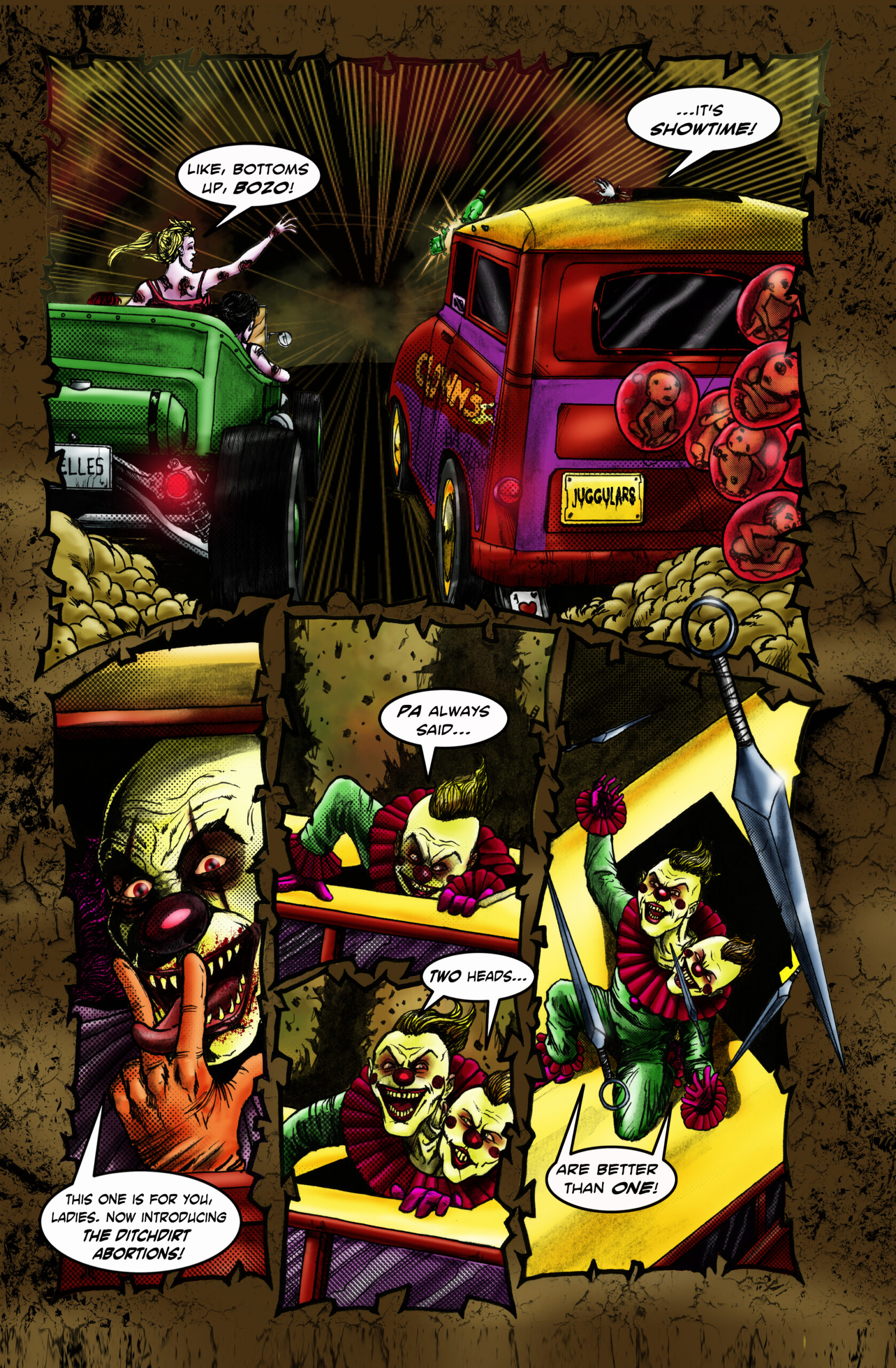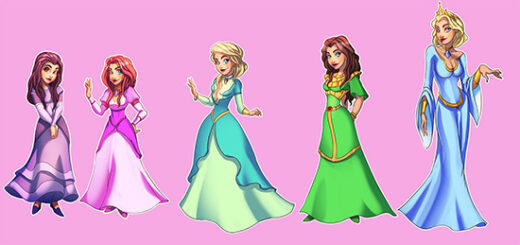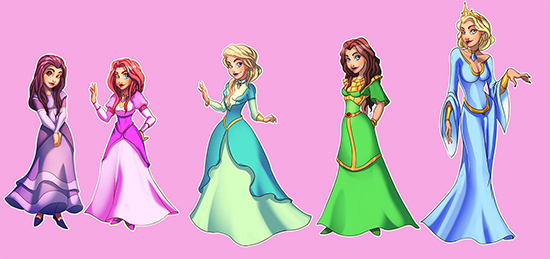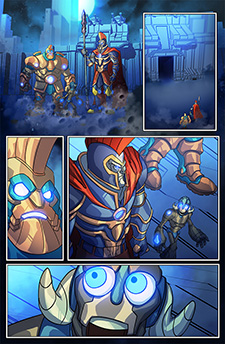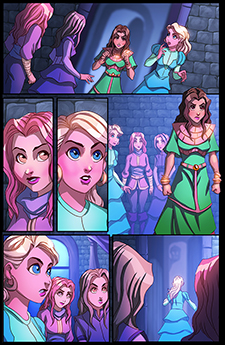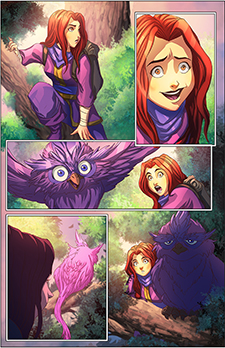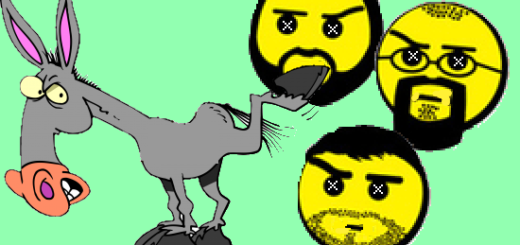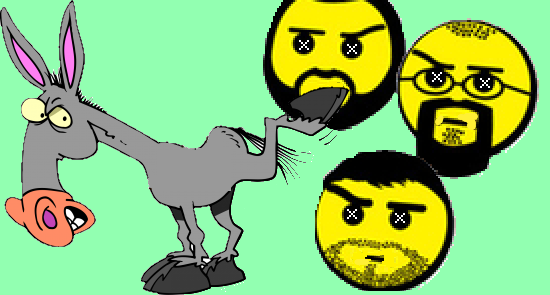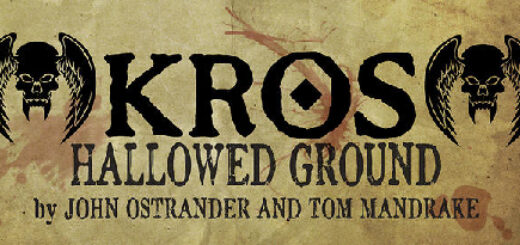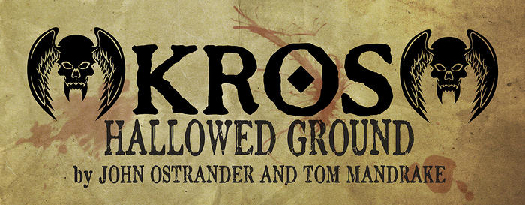Who are… the Phenomenons?
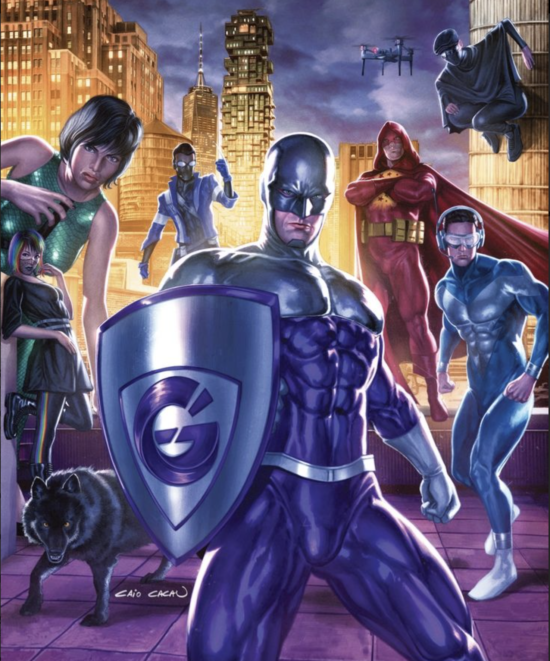
New times call for new heroes. And a time in which society’s been buried under a crushing financial crisis? Such a world needs heroes more than most. This is the world of a new prose anthology series known as Phenomenons.
“I remember the early days of Marvel Comics and how exciting it was to see the Avengers watch an appearance of the Fantastic Four on TV , or contact Doc Strange for advice,” says Michael Jan Friedman, the NY Times bestselling author and comic book writer who hatched the idea for Phenomenons. “Or at DC, how cool it was to see Superman and Batman go at the same problem from different angles. You got the sense that these heroes—and villains—all operated in the same frame of reference, and somehow that made it seem more real.
“Our heroes will be doing the same thing. Half the fun will be seeing them join forces, rub elbows, and get in each other’s way,” says Friedman. “It’s an aspect of the project that’s got us all jazzed. Writing is, after all, a solitary business in many cases, and this gives us a chance to interact with and be inspired by the imaginations of our fellow writers.”
For Phenomenons: Every Human Creature, Friedman has gathered a crew of contributors from every corner of the speculative fiction field, including writers who will be familiar to consumers of comic books, television, and movies.
The complete list of writers includes ComicMix contributors Robert Greenberger, Glenn Hauman, Paul Kupperberg, and Aaron Rosenberg, along with Ilsa J. Bick, Michael A. Burstein, Russ Colchamiro, Peter David, Keith R.A. DeCandido, Mary Fan, Dan Hernandez, Heather Hutsell, Ron Marz, Hildy Silverman, Geoff Thorne, Marie Vibbert, and, of course, Friedman himself.
One of the rewards he offers his backers is the opportunity to become a character in one of the book’s stories. “Imagine being named in a story by one of your favorite writers,” says Friedman. “That’s a perk you can’t get off the rack in a bookstore.”
The Kickstarter campaign for Phenomenons: Every Human Creature is seeking $8000 in funding. It ends Sunday, July 18th, at 7:00 PM EDT.





